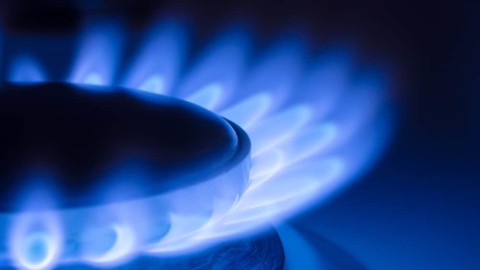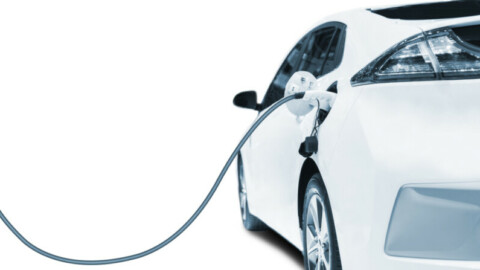Transgrid has announced that it will soon be making use of new drone technology for the inspection of transmission towers, in an effort to make the work safer and more efficient.
Remotely Piloted Aircraft Systems or drones will be deployed to inspect steel lattice towers and steel and concrete poles across Transgrid’s 13,000km transmission line network.
Transgrid Executive General Manager of Network, Marie Jordan, said that every year as part of its comprehensive maintenance program Transgrid inspects 6,500 towers and structures across the network.
“Previously that would involve workers physically climbing those structures to assess their condition but now, thanks to advances in technology, we can do these same inspections with drones, removing our people from potential risks, and enabling us to work more efficiently as we revolutionise the way data on our infrastructure is collected and managed,” Ms Jordan said.
“This program will help us digitise the information collected and create a better picture of the asset condition over time as we embark on our next phase of artificial intelligence and machine learning which will bring many new possibilities.”
Transgrid said the decision follows years of dedicated development and successful trials.
The network’s Maintenance Engineering and Asset Management teams conducted trials and field demonstrations to compare traditional climbing inspections with drone capability.
The trial inspections saw a pilot operate the drone while a qualified line worker viewed live footage on a large on-site screen. The inspections were conducted like climbing inspections, allowing for a direct comparison between the two methods.
The results demonstrated drones are a viable replacement for workers climbing steel lattice structures and concrete or steel poles. The trials found drone inspections can deliver efficiencies of up to 50 per cent compared to traditional climbing inspections while also significantly improving safety for workers.
Another benefit of using drones for the inspections is reducing the impact on communities.
“Because the drones can be deployed remotely, it means we can reduce the need to access private properties for asset inspections. By embracing technology, we can work smarter and deliver better outcomes for the community.”
















